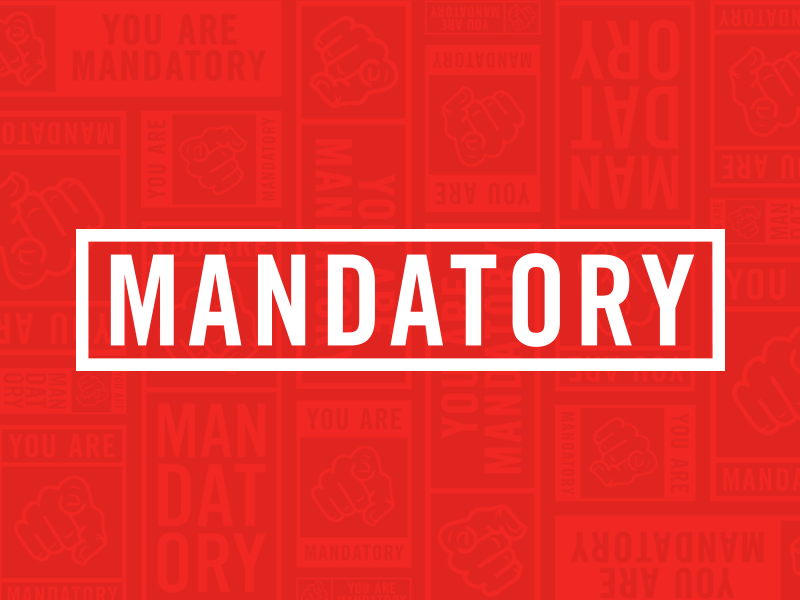Although the smartphone race is close, Apple is clearly top dog in the tablet world, holding 81 percent of the market, four times the sum of all the other tablets combined even before the newest iPad release. With a number-one

satisfaction rating since its conception, the iPad outperforms competitors in nearly every category, and just…









